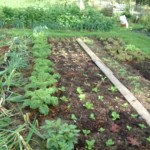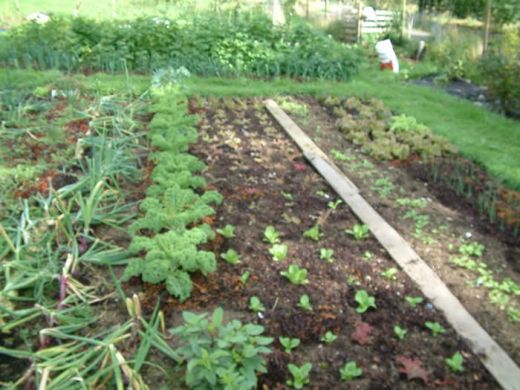 There has been a tremendous shift in the way people prepare and manage their gardens. Most homesteaders want to utilize the land and resources in a manner that will product healthy results for the land, and the humans. One of the ways homesteaders are utilizing their resources in the garden, is through composting. Let’s share a few thoughts on successful composting.
There has been a tremendous shift in the way people prepare and manage their gardens. Most homesteaders want to utilize the land and resources in a manner that will product healthy results for the land, and the humans. One of the ways homesteaders are utilizing their resources in the garden, is through composting. Let’s share a few thoughts on successful composting.
The hot composting method (also known as rapid or active composting) is the most common as it yields the most-wanted results reasonably quickly. It is also the very best approach to take care of unwanted weeds as it will destroy the unwelcome seeds throughout the heat stage.
After you have actually picked a level website for your composting bin, you will certainly require a great base for the bottom of leaves and top quality soil. The leaves must be cut or nicked so that no one piece is larger than two-three inches (this is a great rule of thumb for all materials contributed to the bin).
When your bin and base are in location you could start to include your green food (nitrogen-rich) and your brown meals (carbon-rich). The ratio that should be around followed is one part green for each 2 parts brown.
Monitor the heap every other day for dampness control and temperature. During this time you need to spin or turn the stack to obtain good air circulation inside the stack and to help with odors.
Once your stack is full or has actually completed the heat stage, let it cure. The length of treating will rely on your meant usage of the end product. To get rid of any type of larger pieces of organic matter that did not break down usage a display to sift them out. However if you follow the guideline of not putting in anything that is larger than 3 inches this must not occur.
A compost humus can be ready to utilize in as little as 3-4 weeks with a hot composting approach and maintenance to the pile on a routine timetable. If you are going to use the cool (or inactive) approach of composting, it could use up to one year for functional compost to be ready.





